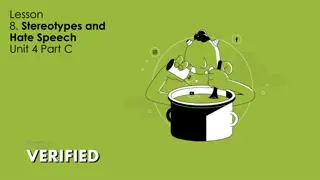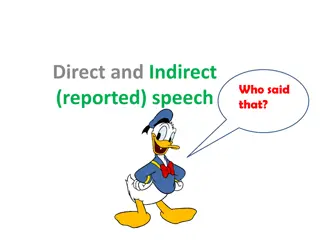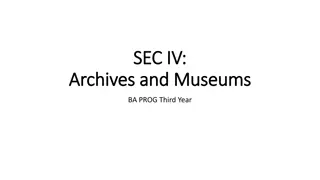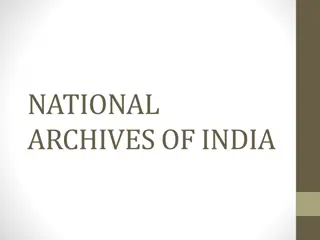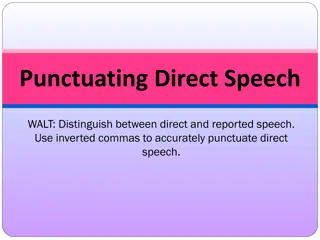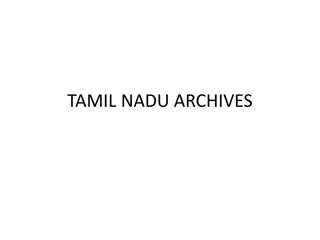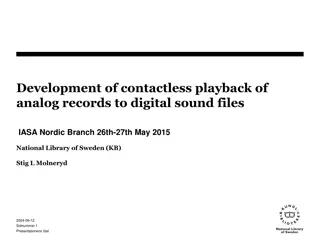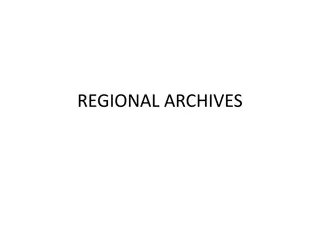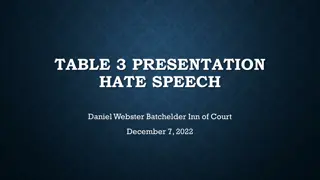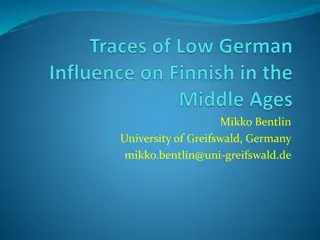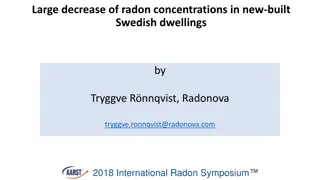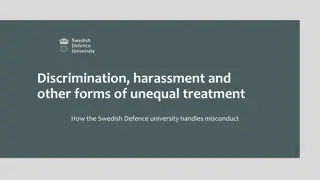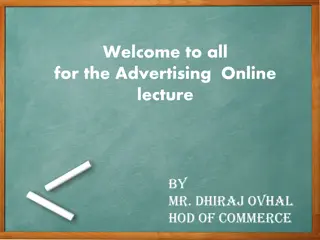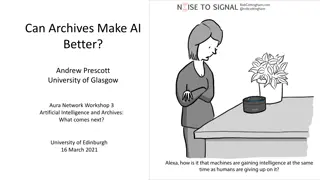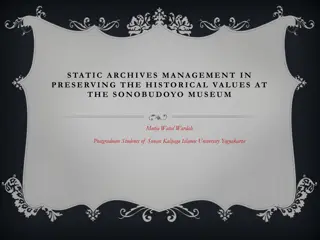Challenges of Speech Data in Swedish Archives and Agencies
Speech data in Swedish archives and government agencies face obstacles like lack of collaborations with users, suitable analyses, and methods. Despite a rough inventory in 2015, materials remain unused due to IP rights, lack of responsible individuals, and sheer size issues.
Download Presentation

Please find below an Image/Link to download the presentation.
The content on the website is provided AS IS for your information and personal use only. It may not be sold, licensed, or shared on other websites without obtaining consent from the author.If you encounter any issues during the download, it is possible that the publisher has removed the file from their server.
You are allowed to download the files provided on this website for personal or commercial use, subject to the condition that they are used lawfully. All files are the property of their respective owners.
The content on the website is provided AS IS for your information and personal use only. It may not be sold, licensed, or shared on other websites without obtaining consent from the author.
E N D
Presentation Transcript
Speech data in Swedish national archives and government agencies Jens Edlund, KTH Royal Institute of Technology Dept. of Speech, Music and Hearing
About me About me Full time researcher Mainly human face-to-face interaction (humanities) so in everyday life, a CLARIN user But also Speech technology (technology/computer science) And for the purposes of this talk, a CLARIN representative
About KTH Speech, Music and Hearing About KTH Speech, Music and Hearing A CLARIN K-centre a centre of expertise providing an information service offering technical advice on speech analysis A research institution One of the oldest speech labs in the world (founded by Gunnar Fant in 1951)
Structure of this talk Structure of this talk Background Speech in general Speech in Swedish archives and agencies CLARIN obstacles (with a speech focus) Lack of collaborations with users Lack of suitable analyses and methods
Speech vs writing Speech vs writing Speech is often, but not always perceived as a special case of writing Speech is consistently treated like a special case of writing But Speech predates writing Speech is the most commonly occurring form of language Writing is a special case of speech? In practice, there are many similarities, but the differences are huge Speech Writing
Some salient differences Some salient differences Speech is transient It exists only in the present This is true, in a sense, even if recorded Speech is largely interactive and emergent It is created, edited, and undrstodd dynamically This is true for read speech as well
Speech in Swedish archives and agencies Speech in Swedish archives and agencies Rough inventory performed in 2015 Direct interviews with ~25 data holders, indirect with another ~25 Key finding There is a lot of materials around Nobody uses these materials at all Virtually none of it can be made fully public (easily) Obstacles IP rights is just the beginning (other legislation) Lack of responsible people Lack of descriptions Sheer size
How to find users How to find users To start with, don t call them users ? Start with existing methodologies and the needs that come out of this Autumn 2015 workshop in Stockholm Discussions in triplets : a researcher, a data holder, and a language tech representative Resultet in several pretty mature project ideas A large project application combining three research tracks oral history, language change, human behaviour in interaction (under review)
How to find users (2) How to find users (2) Interdisciplinary themes Similar to the CLARIN + efforts Initial theme for SWE-CLARN: food Enormous interest from a wide range of researchers We only just started
How to analyse archive speech How to analyse archive speech Turn it into text Automatic transcriptions Manual correction Annotation Text storage And dig the audio back down again
But But Current methods are not designed for this type of speech Text is not speech Different studies call for different analyses There is a very real danger in standardizing too soon
Analysis as an iterative process Analysis as an iterative process Automatic transcription Produces (erroneous) machine transcriptions Manual correction Produces (correct) manual transcription So we have the sound, a negative example, and a positive example This is very good for training Take home message: don t throw away materials that can be used to improve the automatic methods
Data for speech analysis development Data for speech analysis development For example Parametrized speech Statistics Word (and n-gram) frequencies Pronunciation variation Huge amounts are needed Expensive to get, even with data access Suggestion: build in data taps in various processes
Tapping training data from processes Tapping training data from processes Example 0: Automatic transcription Example 1: Transliteration Example 2: Digitization of text Example 3: Digitization of speech
Thank you! Thank you! Questions (or feel free to ask me in the breaks)
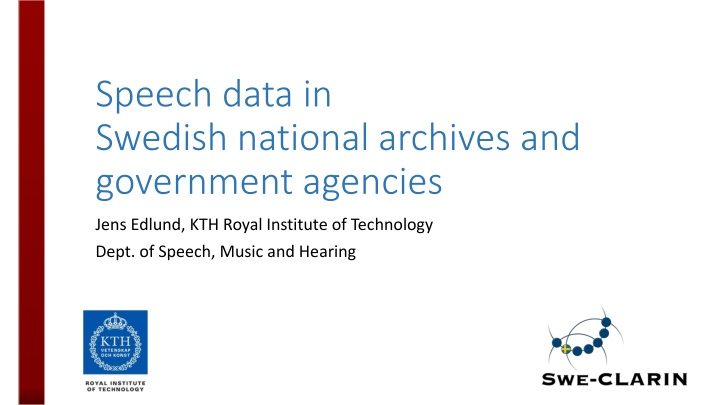

![Prevention and Combating of Hate Crimes and Hate Speech Bill [B.9B.2018]](/thumb/60513/prevention-and-combating-of-hate-crimes-and-hate-speech-bill-b-9b-2018.jpg)
